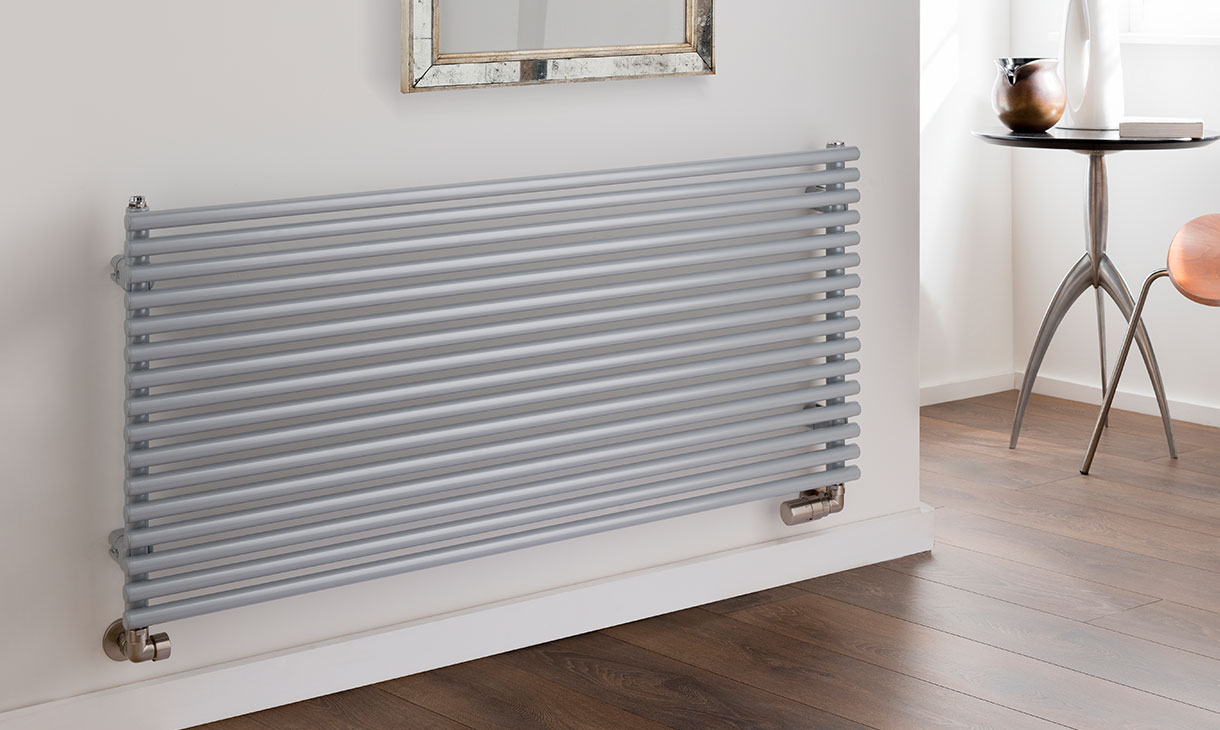Do you want to learn some easy plumbing skills? There may be some times when only a professional plumber can help, but there are a few quick fixes that any DIYer can use to carry out quick and easy maintenance on your heating system.
Bleeding your radiator
Anyone can bleed a radiator, but bleeding your towel warmer takes your skill set to the next level.
1) Close the lockshields and/or thermostatic radiator valves (TRV) by turning them anti-clockwise.
2) Find the bleed valve at the top of the radiator and insert a radiator key.
3) Turn anti-clockwise until the air has been bled out of the system, using a rag to catch any water.
4) Close the valve and turn the lockshields and/or TRV clockwise.
5) Check the pressure and use the filling loop to top up the system if necessary.
Add a chemical inhibitor
To make the most of your column radiators like the stunning http://apolloradiators.co.uk/Products/View/3/54/7/category/roma/Apollo-roma-bespoke-steel-column-radiator, you’ll need to add a chemical inhibitor to stop the formation of corrosive sludge.
1) Follow the steps above for bleeding a radiator until step 3 and leave the bleed valve open.
2) Unscrew the right nut at the base of the radiator and bleed out as much water as you can.
3) Tighten the nut and close the bleed valve.
4) Now use an adjustable spanner to take out the bung that the bleed valve sits in.
5) Pour in the inhibitor and replace the bung.
6) Open the lockshield/TRV and then bleed out any air.
Remove a radiator without draining
This is a clever trick when you need access to the wall but don’t want to drain down your heating system. First, close down the TRV and lockshield as before. Then use your radiator key to relieve the pressure, waiting until there are no more drips before closing the bleed valve again.
Next, slacken off the nuts holding the radiator in place, putting a towel under each end to catch any drips, then tilt the radiator up and away from the wall to let the water drain toward the top of the radiator. Next, pop the radiator off the wall and put it to one side while you do the work.
Once you’ve taken it down, it’s an easy job to reverse the steps and fit it back into the system again.

